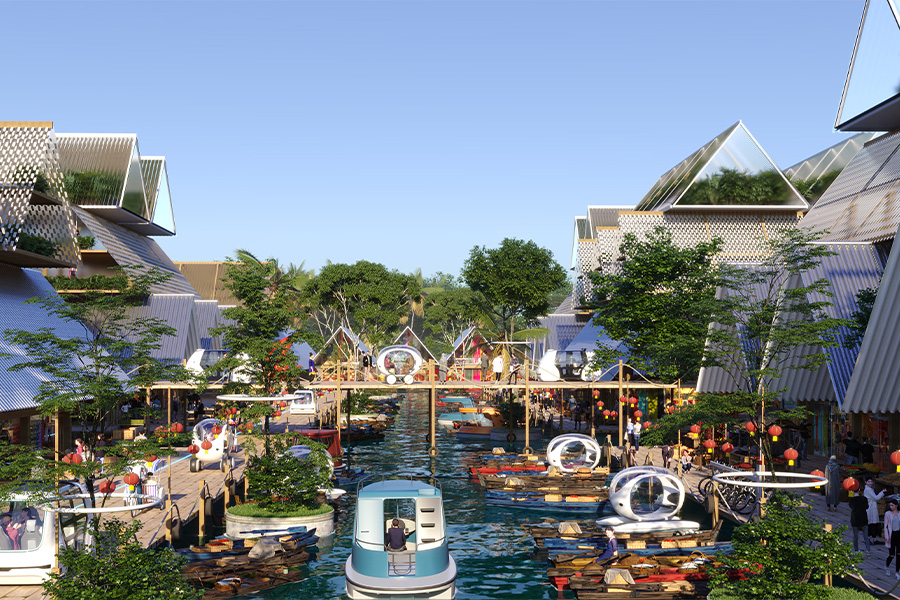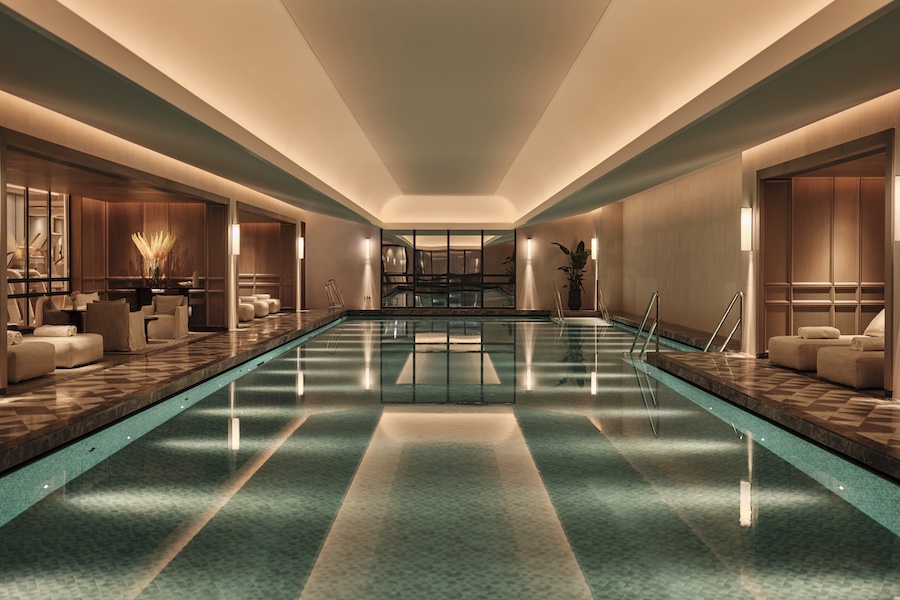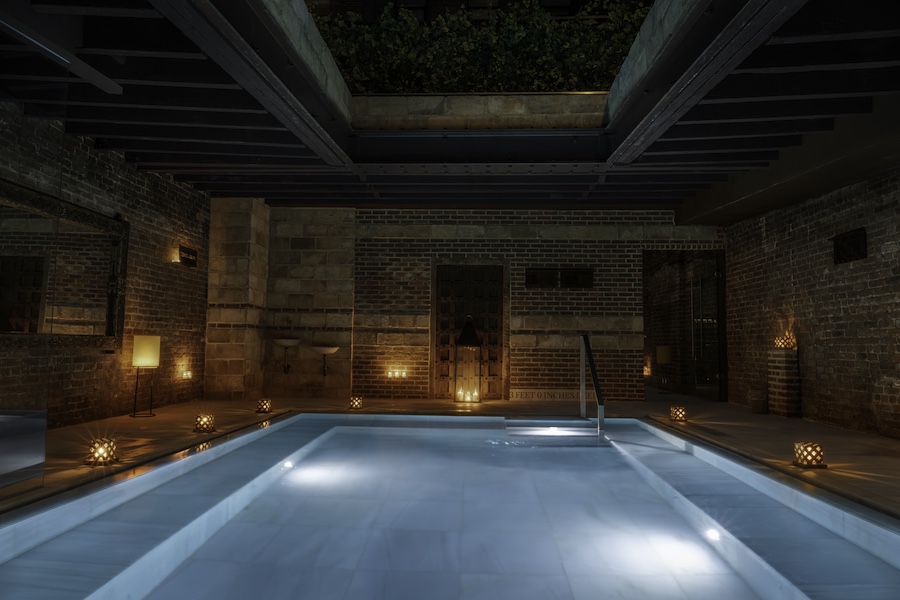In an effort to reposition the Malaysian Penang South Islands into a sustainable global destination, the local government has selected a masterplan design proposal by Bjarke Ingels Group (BIG), Hijjas Architects + Planners, and Ramboll. The locale’s expansive biodiversity and varied topographies will inform a distinctive design for each of the three islands.
“Architecture and design at its core is the art and science of giving form to our future,” says Bjarke Ingels, founder and creative director of BIG. “In no case is this more evident than here, where we are literally embarking on a journey to create more of Malaysia for future generations. We have decided to set the bar as high as humanly possible by imagining a new archipelago that aims to be both more culturally and biologically diverse than previous developments.”
The plan will result in nearly 3 miles of public beaches, 600 acres of parks, and 15.5 miles of waterfront. The Channels will be the first island in to be developed in three phases. Phase 1 will include the development of active destinations, such as a wave pool and technology park. Phase 2 will establish the governance and research institutions. Finally, Phase 3, a cultural coast, will build upon the heritage and vibrant creative energy of Penang’s George Town to create a regional and international attraction. Serving as the nucleus of the site, a 500-acre digital park will feature spaces for research and development, as well as local business opportunities.
Oriented around a network of sheltered urban wetlands the second and central island, the Mangroves, will be dedicated to businesses and the preservation of its namesake forests. The Bamboo Beacon will be constructed with low-carbon materials at the heart of the island to host meetings, conferences, and other major programming. Green roofs and other indoor-outdoor environments will create a seamless sense of openness across the island. The Laguna, BiodiverCity’s westernmost island, will serve as an oasis for ecological living. With a small marina at its center, the Laguna will comprise eight smaller islands that create a miniature archipelago that hosts floating, stilted, and terraced housing.
“BiodiverCity will have an integrated system of localized water resources, renewable energy and waste management, tied altogether in a human-made ecosystem,” Ingels adds. “Rather than design a city for cars, we designed BiodiverCity for waterways, rail, and different kinds of personal mobility, forming a multi-modal environment of movement. The resultant urban landscape will be a celebration of Penang’s position as a truly global crossroads of the world—economically, ecologically, and socially.”



